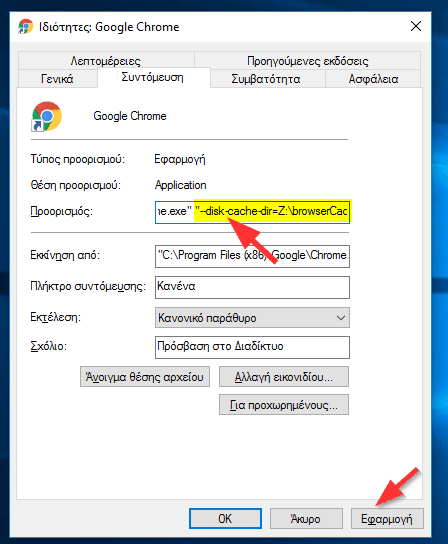
17: There are 17 of 2^( 512*PAGESIZE) chunks.īut really, the only reason we’re looking at this information is to see the relationship between nodes and zones. 58: There are 58 of 2^( 2*PAGESIZE) chunks of memory available. 67: There are 67 of 2^( 1*PAGE_SIZE) chunks of memory. 2: There are 2 of 2^( 0*PAGESIZE) chunks of memory. For example, for the DMA32 zone, reading from the left: There are only two zones, DMA and DMA32.Įach column represents the number of available pages of a certain size. This computer only has 2 GB of RAM, so there is no “Normal” zone. Typically the page size on a Linux computer is 4 Kbytes. That size is determined by the kernel at boot time by detecting the architecture of the computer. RAM is allocated in pages, which are of a fixed size. It is all RAM above 896 MB, including RAM above 4 GB on sufficiently large machines. HighMem: This only exists on 32-bit Linux computers. On 32-bit machines, it is RAM between 16 MB and 896 MB.  Normal: On 64-bit computers, normal memory is all of the RAM above 4GB (roughly). Although, on 32-bit computers, it is called HighMem. Linux running on 32-bit computers can only do DMA to this amount of RAM (unless they are using the physical address extension (PAE) kernel), which is how the zone got its name. Direct Memory Access 32: Despite its name, Direct Memory Access 32 (DMA32) is a zone only found in 64-bit Linux. The zone gets its name because, a long time ago, there were computers that could only do direct memory access into this area of physical memory. Direct Memory Access (DMA): This is the low 16 MB of memory. Here’s a simplified description of the possible zones on an x86 architecture computer.
Normal: On 64-bit computers, normal memory is all of the RAM above 4GB (roughly). Although, on 32-bit computers, it is called HighMem. Linux running on 32-bit computers can only do DMA to this amount of RAM (unless they are using the physical address extension (PAE) kernel), which is how the zone got its name. Direct Memory Access 32: Despite its name, Direct Memory Access 32 (DMA32) is a zone only found in 64-bit Linux. The zone gets its name because, a long time ago, there were computers that could only do direct memory access into this area of physical memory. Direct Memory Access (DMA): This is the low 16 MB of memory. Here’s a simplified description of the possible zones on an x86 architecture computer. 
Which zones are present on your computer depends on whether it is 32-bit or 64-bit. It considers it to be divided into a number of different regions called zones. Linux doesn’t think of your RAM as one big homogenous pool of memory.

This is a misconception that has been repeated so often that it is now received wisdom. If (almost) everyone else tells you that’s exactly how swappiness works, why should you believe us when we say it isn’t? There’s a lot of confusion about what this setting controls. The most common incorrect description of swappiness is that it sets a threshold for RAM usage, and when the amount of used RAM hits that threshold, swapping starts. Linux has a setting called the swappiness value.
#Lunix make ram disk persistant free
Swapping is a technique where data in Random Access Memory (RAM) is written to a special location on your hard disk-either a swap partition or a swap file-to free up RAM.







 0 kommentar(er)
0 kommentar(er)
